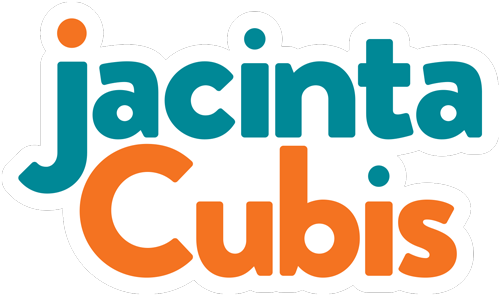Less is more
Excess.
Overload.
Overwhelm.
A good thing can turn bad if we have too much of it.
James Clear summed it up well recently in his 3,2,1 newsletter. ‘Ten minutes in the sun can energize you. Ten hours in the sun can burn you.’
Five minutes on one activity can energise a group. Fifteen can drain them.
Here’s a few signs that our workshops might be carrying excess weight.
❌ Too many items on the agenda.
Structure is good. Flexible structure is even better. Structure - a workshop plan, a meeting agenda - is there to serve as the scaffolding to build free and open conversations. If it’s too rigid, people feel constrained. They can’t freely explore ideas and disengage.
❌ Too many presenters (yawn!)
We need good and clear information to inform productive conversations. If detailed information is vital, make it easy to digest. Break it down and share it early. Don’t ‘present’ it on the day. Use the information as a springboard for discussing implications and what new light it may have shed on our thinking. If a presentation is non-negotiable, try to avoid a Q&A afterwards. These are for interviews, not workshops*.
❌ Too many people in the room.
If we hear ourselves saying we’re asking so-and-so ‘just to keep them in the loop’ – don’t. Check the purpose of the workshop. It will dictate who should be there. As Priya Parker said in her book, the Art of Gathering, ‘purpose is your bouncer’. Flip your purpose statement to a question and then only invite the people who can help to answer it.
❌ Too many activities.
This feels like an excessive feast, like Christmas lunch. Too many competing tastes. No time for stuff to sit and sink in. We fall in love with a new activity or process (guilty!) and forget to stop and ask, ‘how does this serve the purpose and the group?’
❌ Too many instructions for an activity.
One of the best things I learned as a teacher of English for international students was to cut the tip truck of language that pours out of our mouths. We were taught to limit our instructions to three and to start each with an imperative.
Enough of ‘too much’. Let’s look at our agendas and workshop plans with sharpened eyes and scissors.
✂ How sharp are your scissors? I’d love to hear. Just reply to this email and share.
✂ Want to know more about how to hone our cutting skills? Read on……
Snip and cut
I learned about the value of cutting in my first job in the film industry.
I was an assistant to a pair of ‘neg cutters’. We cut the 35mm negative in line with the editors cut of the workprint. It was a process that I’d never heard of in the heady days of student filmmaking - I was going to be a director (!). Landing in the back blocks of the filmmaking process –neg cutting – brought me back to earth.
It wasn’t glamorous but neg cutting had both a creative and commercial imperative. No cut, no film, no advertisements. No audience, no customers, no sales.
From cutting film, I moved to cutting words to get a journalist’s attention, reach an audience and have an impact. A wordy media release would bypass the news desk. The story of people going without food or water due to drought, flood or famine, would remain unheard. No story, no donations, less help.
Now I wield my shears as a facilitator. Like you, I struggle to ‘kill my darlings’ – all those carefully designed activities.
It calls for vigilance. I have to take my own medicine, and do what I teach. This means going back to the four Ws of facilitation – the ‘why, who, where and what’. If the activities and processes (the ‘what’) don’t align with the first three Ws – snip and cut.
We get fined for excess baggage. I wonder… would we put less into our workshops and training sessions if we were fined for every over step, ever excess activity, every redundant instruction?
Do less stuff with groups and they will do better too.
If you’d like to sharpen your scissors and cut the excess in your workshop plans, let's chat. Book a 15 minute call with me.
P.S. If you like this blog and want to support it, you can*:
1. Forward this blog to a friend with an invitation to subscribe right here: https://www.jacintacubis.com/sign-up-to-jacinta-wonders
2. Talk to me about speaking at your next event
3. Buy my e-book HUM.
*Hat tip to Ann Handey or this idea!
Links
James Clear, 3-2-1: Charity, the true mark of a pro, and how to choose what to read, 17 March, 2022
Priya Parker, The Art of Gathering, Penguin, 2018
*Q&As are for interviews, not workshops


